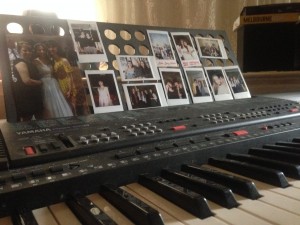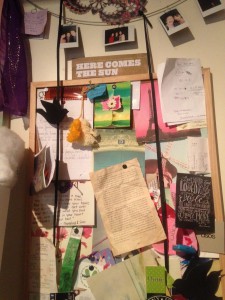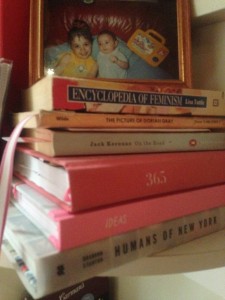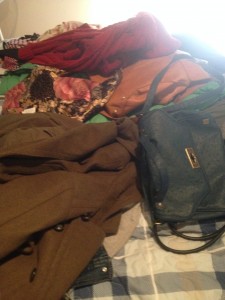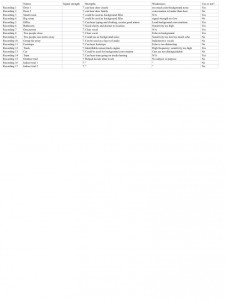
During our Media 1 class this week we worked with “Zoom Handy Recorder H2n” to record various audio around campus.
A problem our group initially encountered was thinking we weren’t recording as we couldn’t find our clips in the playback setting. This was eventually resolved as we listened to each playback track and realised the previous user had not erased their work. However, overall most troubleshooting was avoided as we read through the “Dummy’s Guide” earlier.
The most successful recordings were of conversation recorded inside in a relatively quiet area. The clarity was of good quality however many areas around Buliding 9 are subject to echo and granted it’s a busy space there is always some type of background noise happening.
Mic technique can be manipulated by adjusting the setting to 2 channels. If I were to use this particular recording device again I would trial this feature when recording outdoors as not to make the recording area too narrow.
Setting the level was not too hard to change, initially we decided level 7 would work best as it wouldn’t be too harshly received. In hindsight, we may have needed to bring up (or down) the level when manourveieng from indoor to outdoor locations and they are two differing environments with differing levels of extra noises.
Most of the recordings had a “clean” sound, if this were for a production more attention would be paid to factors such as people talking in between takes. Often the shot was of reasonable to good quality but the microphone may not have always placed in a position that was best for what we were trying to capture.
